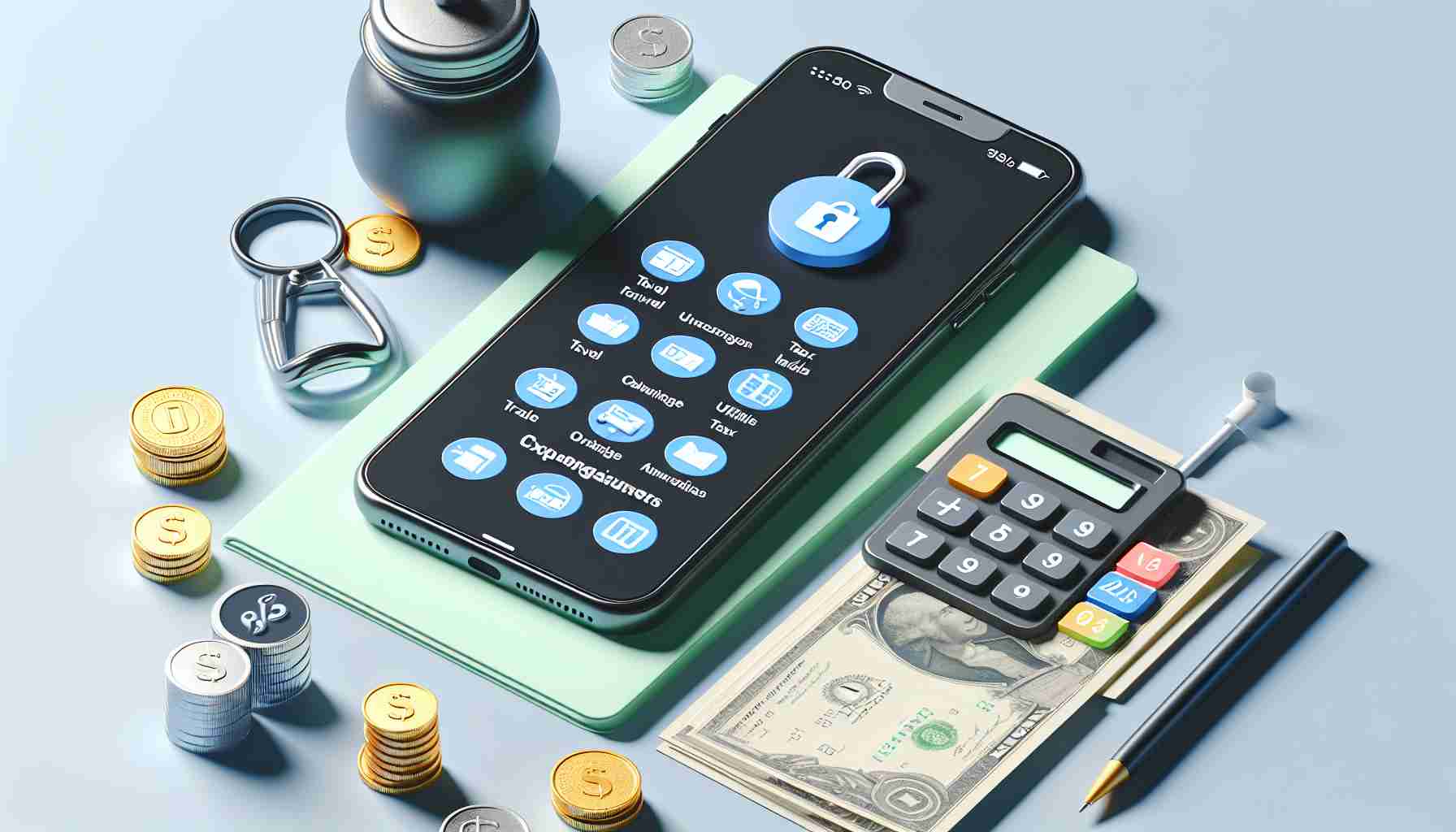Professional Use of Personal Smartphones Offers Tax Deduction Opportunities
In an era where the lines between work and personal life blur, many employees find themselves using personal smartphones for job-related tasks—a trend that may lead to tax benefits. The Federation of Taxpayers emphasizes that the purchase and ongoing expenses of a smartphone, when used for professional purposes, can be tax-deductible.
Maximizing Tax Deductions on Mobile Phones
Significant professional usage—over 90%—allows for the complete deduction of the purchase price within the buying year, provided the gross price is under 952 euros. For higher-priced devices exceeding 800 euros (net), the expense is distributed over the asset’s average lifespan, typically five years, as determined by the tax authorities.
Let’s consider a device purchased for 1200 euros reserved entirely for professional functions. It would be depreciated annually at 240 euros over five years. An acquisition later in the year, say in October, still merits a proportional tax relief for the months used within that year.
Integrating Smartphone Costs into Your Tax Return
For those whose work-related use doesn’t reach the 90% threshold, partial claims are possible. Communication-intensive professions may readily justify a 50% business use. Otherwise, up to 20% of mobile phone costs can be claimed as a flat rate. The same holds for monthly obligations like service plans, capped at a 20-euro monthly deduction.
To take advantage of these tax perks, listed all smartphone expenses under “Work-related Equipment” on Form N of the tax return. And while it’s no longer mandatory to attach proof, providing clear explanations in the tax return’s comment field can facilitate the process and preempt further queries from the tax office.
Tax deductions for smartphone expenditures can provide eligible individuals with substantial savings. However, there are certain considerations, questions, and challenges that should be addressed to fully understand and leverage these tax savings.
Important Questions and Answers:
– Q: What qualifies as a smartphone expense eligible for tax deductions?
A: Deductible expenses might include the cost of the smartphone itself, monthly service charges, data plans, and applications purchased exclusively for work.
– Q: How does one determine the percentage of work use versus personal use?
A: This typically requires maintaining a detailed usage log that documents the time spent on professional activities.
– Q: Can smartphone accessories and repairs be tax-deductible?
A: If these accessories or repairs are essential for professional usage, they can potentially be deductible as well.
– Q: What documentation is needed to support the deduction claim?
A: While attaching proof is not mandatory, keeping a record of receipts, bills, and logs validating business use can be vital if audited.
Key Challenges or Controversies:
– Determining the exact business-use percentage can be complicated and might raise suspicion if audited. Therefore, keeping a detailed and accurate log is critical.
– Tax authorities may change regulations and what qualifies as professional use, which can affect taxpayers’ eligibility for deductions.
– Distinguishing between personal and work-related calls or data usage on the same device can be particularly challenging.
Advantages:
– Tax savings: Reduced tax liability can lead to potentially significant savings, especially for those who rely heavily on their smartphones for work.
– Incentivizes professional development: Deductions can indirectly encourage individuals to use their smartphones for professional growth and productivity.
– Simple claims process: If under the specified amounts, claiming these deductions can be straightforward on tax forms without extensive documentation.
Disadvantages:
– Risk of audit: Improper or exaggerated claims may lead to an audit by tax authorities, which can be a stressful and time-consuming process.
– Additional record-keeping: Taxpayers must be diligent in documenting usage, which adds to administrative tasks.
– Restrictive limits: For high-use individuals, the cap on deductions may not fully encompass their actual expenses related to professional smartphone usage.
For those interested in further exploring this topic and for updated policies and tools, referring to official tax authority websites is advisable. For example, in the United States, you could visit the Internal Revenue Service at irs.gov for information on business deductions. Always ensure that you are visiting the official website of your respective country’s tax authority for relevant and accurate information.
